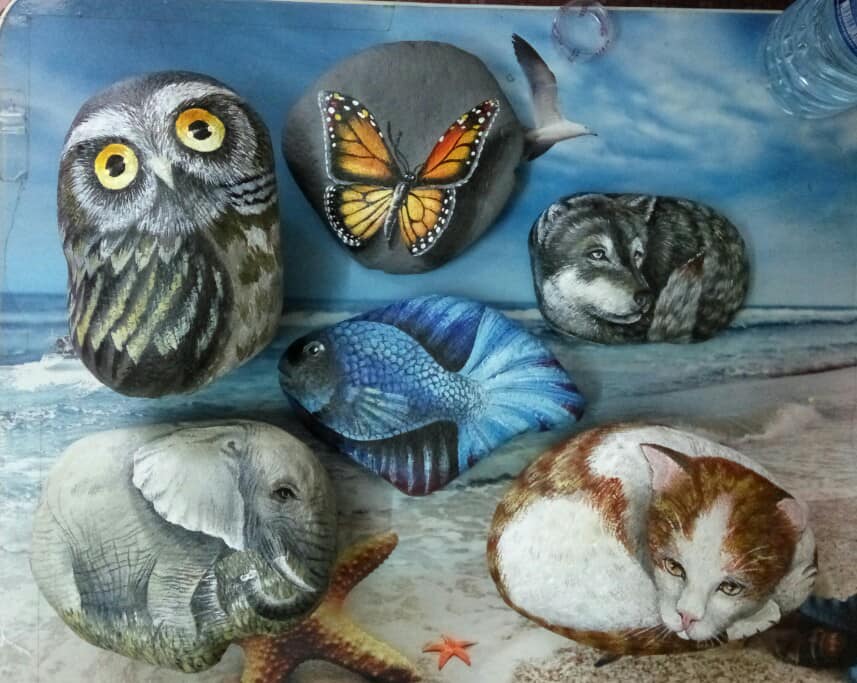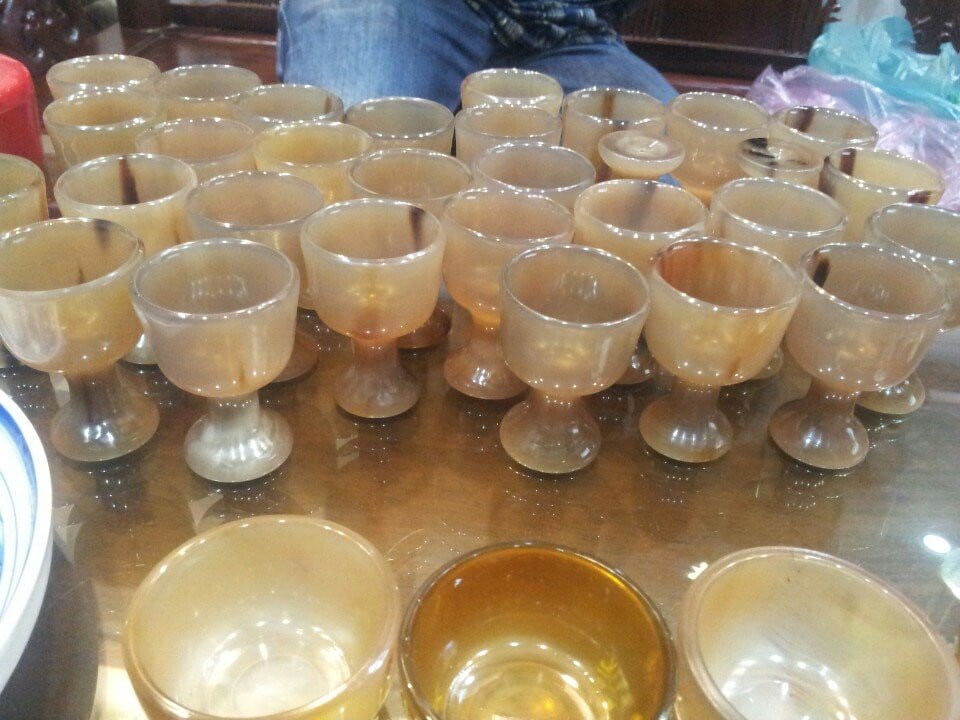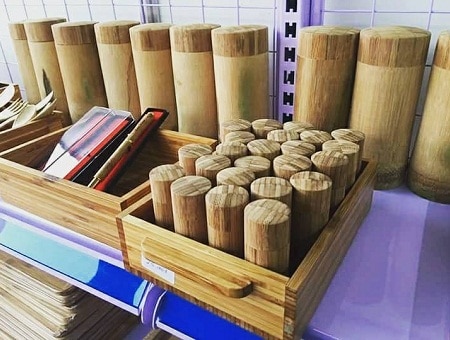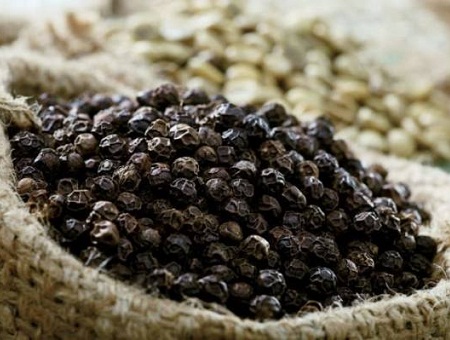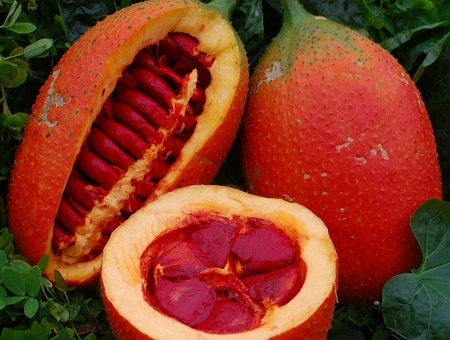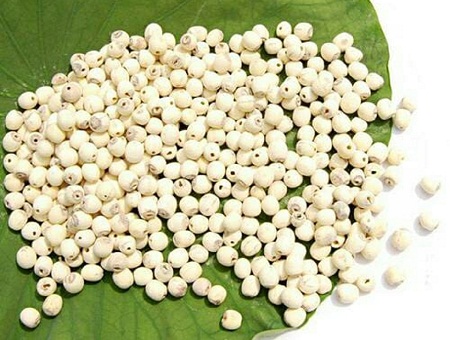Traditional craft villages of Vietnam: building brand names
Although Vietnam is famous for more than 5,000 small and large handicraft villages producing handicraft products. However, a small part of handicraft products of traditional craft villages in Vietnam must be brought back by foreign brands.
Vietnam has the advantage of handicrafts, with thousands of traditional craft villages, but in practice, these products are not branded in Vietnam but in other countries.
Because traditional craft villages have not paid much attention to branding their products, especially the design stage, the monotonous design is not focused. For handicrafts outreach the world with the brand name of Vietnam is very need the investment, creativity of enterprises, especially the brand building.
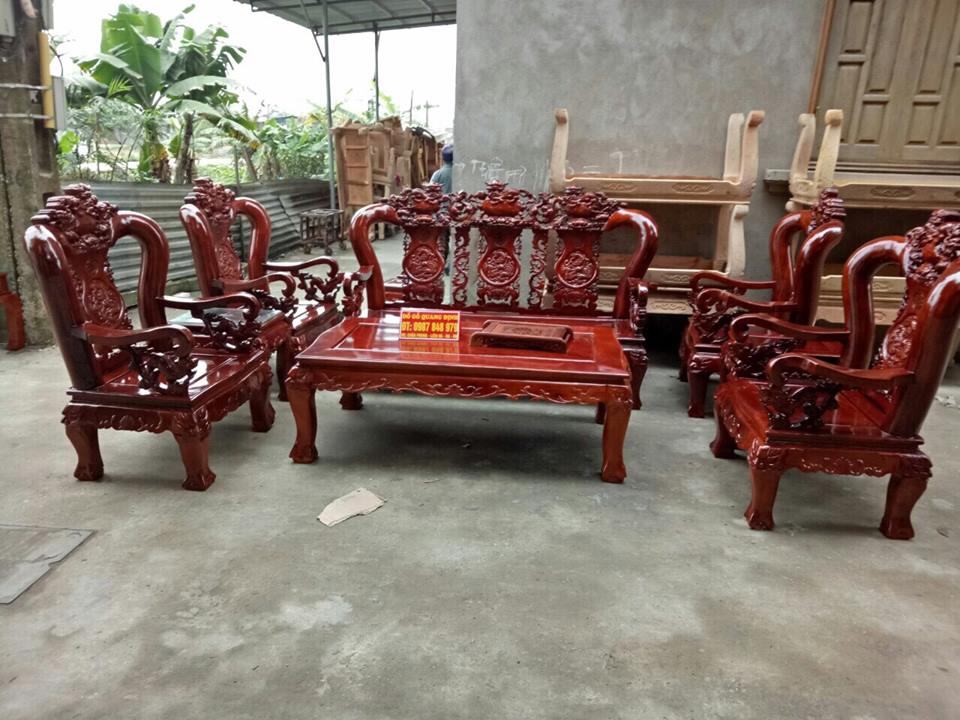
handicraft Vietnam wood
Weak in design, creativity
After the merger of Ha Tay province with Ha Noi, at this time, Hanoi alone had 1,350 trade villages and craft villages, of which 286 craft villages were recognized. The trade villages mainly focus on handicrafts such as: lacquer, mosaic, hats, hats, rattan, knitting, forest products processing, wood carpentry, high quality wood, embroidery, weaving The villages have attracted thousands of seasonal workers, as well as creating regular jobs and a major source of income for thousands of families.
It can be said that the development of the village has contributed to the rapid increase in industrial production, making an important contribution to the restructuring of the rural economy in the direction of industrialization and modernization. However, Vietnam’s handicraft products have not yet created a brand in the international market, partly because Vietnamese handicrafts are not focused on branding.
Over the past time, 90% of Vietnamese handicrafts in the world market through intermediaries in the form of raw materials or processing for foreign brands. There are cases where Vietnamese handicrafts are sold for only a few tens of dollars, but importers label their brands with a 40-fold increase in value.
The cause of this situation is that the production of handicrafts in the country does not invest in the design of product models, which can take samples of other establishments to produce.
Information from the Vietnam Handicraft Exporters Association shows that, compared to other countries in the region, such as China, Thailand and Indonesia, Vietnamese handicrafts are less competitive in terms of design. 90% of Vietnamese handicraft products are based on the design of foreign customers to supply and use foreign trademarks.
This situation is due to the number of enterprises and craft villages found value added Vietnamese handicrafts is not much, capacity is weak so it is acceptable to export products under a different name or produced by the order.
In addition, most of businesses, craft villages are not aware of the importance of building and developing the brand. It is still considered that the village has a long tradition of self-carving will be known. Whereas, in fact, if not investing in building and promoting the brand name, the “name” of the village is difficult to cross the local administrative boundaries, let alone out of national boundaries.
Improve quality and brand building
For Vietnamese handicrafts not hiding international brands when exporting, it is required enterprises and craft villages to focus on building their own brands and at the same time to promote Vietnamese brand names.
Vice President of the Vietnam Village Association, Ton Duc Hoa, branding has really become an asset of individuals, businesses, even a country in the context of the global economy does now on. To do so in the process of building the brand of businesses, handicraft villages need to reduce the copy of foreign models.
Especially, businesses and craft villages need to focus on designing, creating their own designs and identities, creating new products suitable for their customers’ needs. This is because international consumers not only prefer products with Vietnamese cultural identities but also need products that have a cultural stamp on their homeland.
In order to support businesses, handicraft villages to build and develop their trademarks, Hanoi has spent considerable money on this activity. Mr. Hoang Xuan Thuy, Director of Center for Industrial Promotion and Industrial Development Consultancy in Hanoi said that the People’s Committee of Hanoi has promulgated a plan to implement the regulations to support enterprises to build and promote the brand.
For the trade villages are developing, the market will be expanded, the city will focus on developing products with high export turnover and high economic value; Research and innovation of product design.
From early 2017 until now, the Department of Science and Technology of Hanoi has also implemented 10 projects to build collective brands for specialty products of traditional craft villages, including: Xuyen Viet Hung (Dong Anh); Duong Xa (Gia Lam); Cam Kieu Ky (Gia Lam); Vietnamese Radish (Me Linh); Mien Minh Khai (Hoai Duc); Phung Xa Textile (My Duc); Thick cake (Thuong Tin Thuong); Western Flower Village (Northern Tu Liem); Forest honey and medicinal Ba Vi (Ba Vi).
Although, the state has supported businesses and villages to build branding, but for Vietnamese handicrafts to penetrate the world market in addition to the support of the state, itself Enterprises and craft villages have to invest well in the brand name, because it is the right of the enterprise, the village.
VNJ Vietnam trading and mission
We are a trading company and service in the handicraft industry. Assess the potential and trend of industry development with the desire to contribute to promote the production of handicrafts in Vietnam. We stand out as intermediate companies, do the foundation of craft villages with global trade enterprises. Hope to promote the general trade, to develop the local economy village.
Please visit here to see the handicraft products from handicraft Vietnam.
Also please contact us.
Best regard.
VNJ officer




